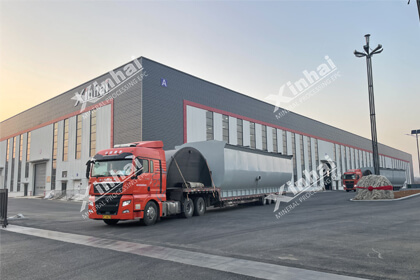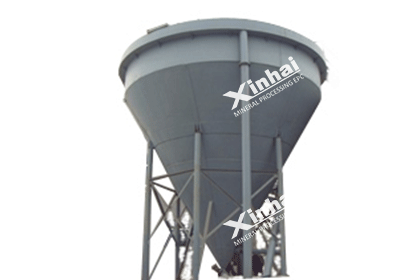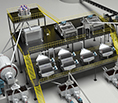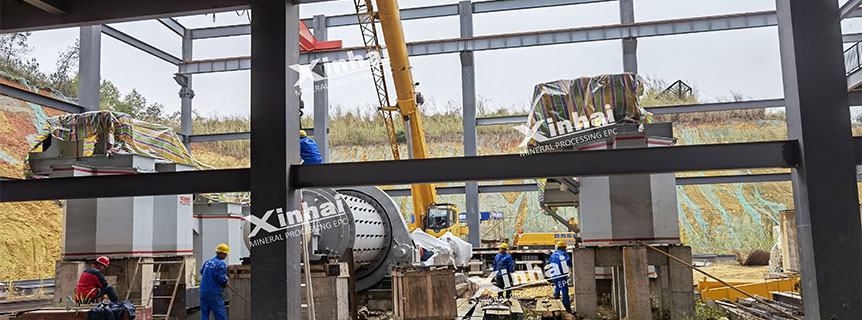
Quartz-Mining
01Introduction: Understanding Quartz Mining
BackQuartz is one of the most abundant and valuable minerals in the Earth's crust. Known chemically as silicon dioxide (SiO₂), it serves as a critical raw material in glassmaking, electronics, solar panels, and construction materials.
The quartz mining process transforms natural quartz deposits into high-purity quartz ore that can be further processed for industrial use. This journey involves multiple stages — from exploration and extraction to crushing, beneficiation, and purification — each requiring specialized equipment and technology.
In this article, we explore the complete quartz mining process from mine to ore, the equipment used, and how modern processing plants maximize recovery and purity.
02Exploration and Resource Evaluation
BackThe quartz mining process begins long before extraction. Exploration identifies potential deposits through:
Geological mapping and sampling
Geochemical and geophysical surveys
Core drilling and trenching
Laboratory assays to test SiO₂ content and impurity levels
Once a deposit is proven viable, a feasibility study evaluates mining methods, processing technology, and environmental considerations.
03Quartz Extraction: Mining Methods
BackThe method of quartz extraction depends largely on the deposit depth and surrounding rock hardness.
a) Open-Pit Mining
Used for shallow or surface deposits such as quartz sand and low-grade vein quartz.
Steps include:
Overburden removal using excavators and bulldozers
Drilling and blasting (for hard rock)
Excavation and hauling of ore to the processing plant
This method is cost-effective and allows for large-scale production.
b) Underground Mining
Applied for deep or high-grade quartz veins embedded in hard rock.
Techniques include:
Room and pillar or cut-and-fill stoping
Controlled blasting to minimize contamination
Ore hoisting through shafts or declines
c) Alluvial or Dredge Mining
In riverbeds or floodplain areas, quartz sand is extracted using dredgers or hydraulic excavators, then pumped or trucked to washing plants.
04Crushing and Screening: From Rock to Granules
BackAfter extraction, the raw quartz ore must be reduced in size.
The process involves several key stages:
Primary Crushing:
Large quartz rocks are fed into a jaw crusher to break them into manageable sizes.Secondary Crushing:
Further reduction using a cone crusher or impact crusher for finer particles.Screening:
Vibrating screens separate the crushed quartz into different size fractions for further processing.
Crushing efficiency directly affects downstream beneficiation performance, so proper equipment selection and maintenance are essential.
05Grinding and Classification
BackOnce the quartz ore is crushed, it undergoes grinding in ball mills or rod mills to liberate quartz from impurities.
The ground material is then classified using:
Spiral classifiers
Hydrocyclones
These units separate fine quartz particles suitable for further purification.
Consistent particle size distribution ensures better separation efficiency in later stages.
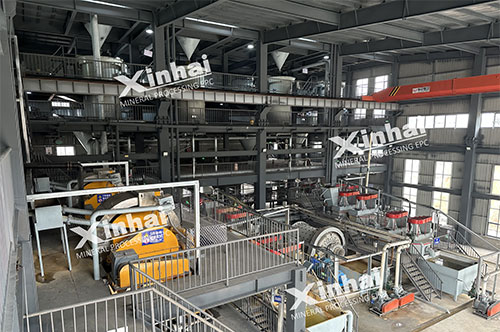
06Quartz Beneficiation and Purification
BackRaw quartz often contains impurities like iron oxides, mica, feldspar, and clay. To produce high-grade quartz ore, a combination of beneficiation techniques is applied.
a) Magnetic Separation
Removes magnetic impurities such as hematite, magnetite, and limonite.
High-intensity magnetic separators are commonly used for iron removal.
b) Flotation Separation
Used to eliminate silicate minerals such as mica and feldspar.
Collectors and frothers are added to a flotation cell to selectively separate unwanted minerals from quartz particles.
c) Gravity Separation
Involves shaking tables or spiral concentrators to remove heavier impurities based on density differences.
d) Acid Leaching
For high-purity quartz (99.9%+ SiO₂), acid leaching is essential.
Quartz is treated with hydrochloric (HCl), sulfuric (H₂SO₄), or hydrofluoric (HF) acid to dissolve residual metallic oxides.
Temperature, acid concentration, and leaching time are carefully controlled to achieve the best purification results.
e) Advanced Purification (Optional)
For semiconductor-grade quartz, thermal treatment or microbial leaching may be used to eliminate trace impurities without harsh chemicals.
07Dewatering, Drying, and Grading
BackAfter beneficiation, the purified quartz slurry undergoes dewatering using:
Thickeners
Vacuum filters
Centrifuges
The dried quartz is then graded according to particle size:
Fine quartz sand for glassmaking
Medium granules for ceramics and foundry use
Coarse crystals for optical and electronic applications
08Quality Control and Product Testing
BackQuality control ensures that quartz meets industry-specific standards.
Typical tests include:
Chemical analysis: SiO₂ content and impurity levels (Fe₂O₃, Al₂O₃, TiO₂)
Grain size distribution
Color and optical clarity
Magnetic susceptibility and moisture content
High-purity quartz (>99.9%) is required for:
Solar-grade silica for photovoltaic panels
Semiconductor manufacturing
Fused quartz glass and optical fibers
09Equipment Used in Quartz Mining and Processing
BackEfficient quartz processing requires reliable machinery designed for high wear resistance and precision.
Common equipment includes:
Jaw Crusher / Cone Crusher – for primary and secondary crushing
Ball Mill / Rod Mill – for grinding and liberation
Magnetic Separator – for iron removal
Flotation Cell – for impurity separation
Acid Leaching Tank – for chemical purification
Thickener / Filter Press – for dewatering
Vibrating Screen / Classifier – for size control
Automation and smart control systems are increasingly used to enhance productivity and consistency.
10The Future of Quartz Mining
BackAs global industries move toward clean energy and advanced manufacturing, demand for high-purity quartz continues to rise.
Future trends include:
Intelligent mining systems using AI and IoT sensors
Eco-friendly beneficiation to reduce acid use
Tailings reprocessing for secondary quartz recovery
Integration of renewable power into mining operations
These innovations will make quartz mining more sustainable and efficient, while reducing costs and environmental footprint.
11Conclusion: From Mine to Market
BackThe quartz mining process is a multi-stage journey — from geological exploration and extraction to purification and final grading. Each step plays a critical role in transforming natural quartz deposits into valuable industrial ore.
Modern quartz processing plants combine advanced technology, environmental responsibility, and optimized equipment design to produce high-quality quartz that meets global demand.
If you are planning to build or upgrade a quartz processing plant, choosing the right technology and equipment supplier is key to success.
 +86 183 3575 8886
+86 183 3575 8886 pinklaurabao@gmail.com
pinklaurabao@gmail.com



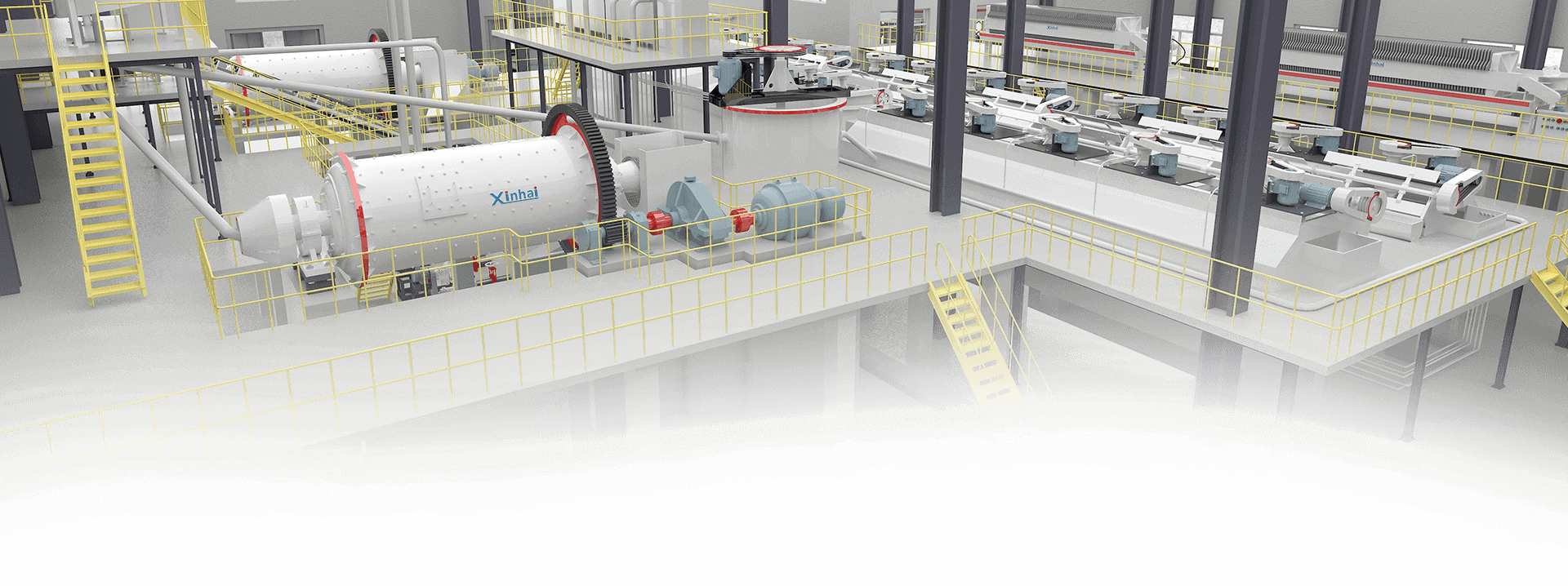
 Sheena
Sheena Oct 20, 2025
Oct 20, 2025 397
397 Message
Message Chat Now
Chat Now


